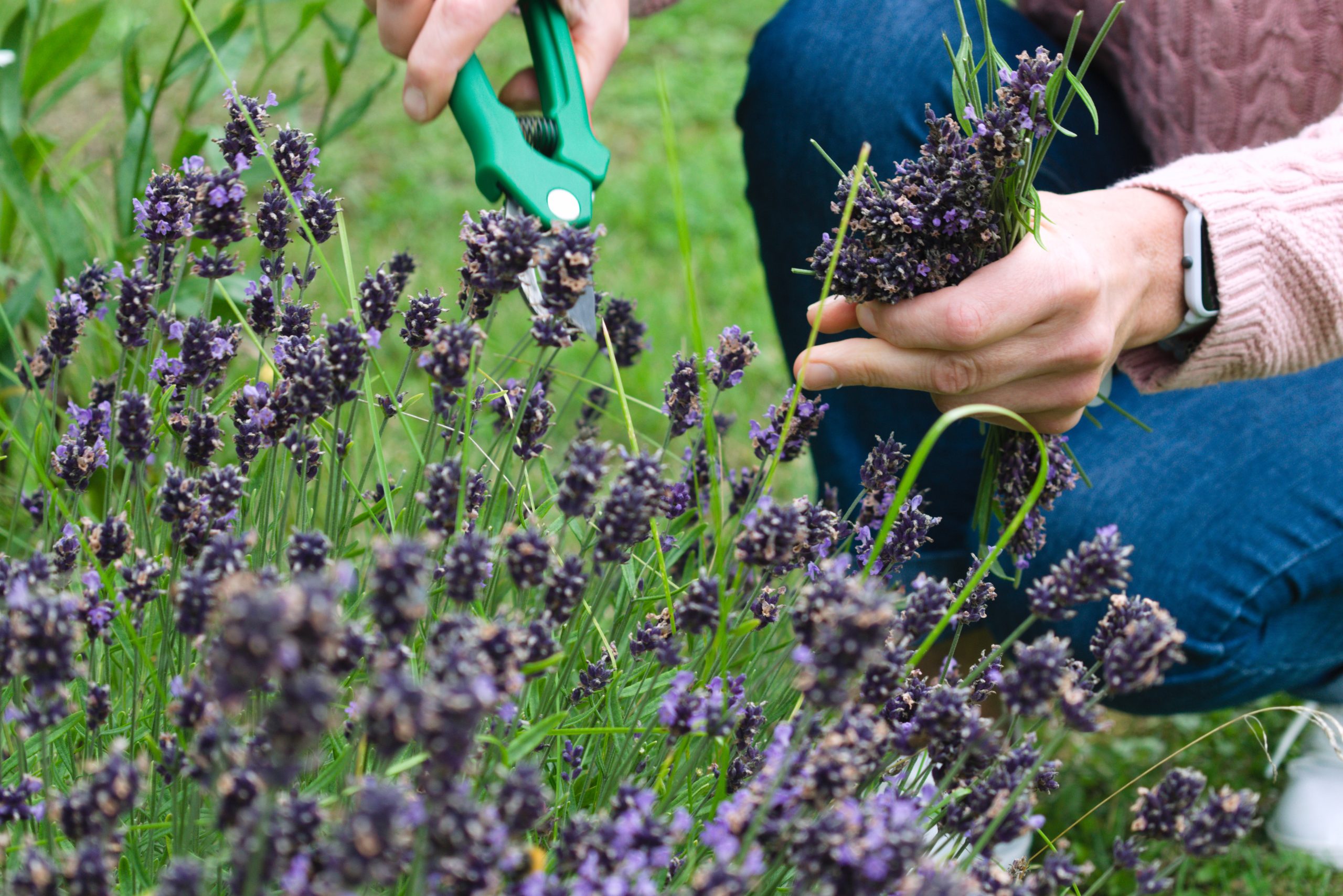Pollinators play a crucial role in our ecosystem, helping to fertilize plants and ensure the production of fruits, vegetables, and seeds. Unfortunately, many pollinator populations are in decline due to habitat loss, pesticide use, and other factors. As gardeners, we can help support these important creatures by planting flowers, shrubs, and trees that provide them with the food and shelter they need. In this article, we’ll explore some of the best plants for pollinators and how to incorporate them into your garden.
Flowers for Pollinators
When it comes to attracting pollinators, flowers are the obvious choice. But not all flowers are created equal. Some are better at providing nectar and pollen than others. Here are some of the best flowers for pollinators:
1. Bee Balm (Monarda didyma) – This native plant produces showy, fragrant flowers that are a favorite of bees, butterflies, and hummingbirds.
2. Black-eyed Susan (Rudbeckia hirta) – This cheerful flower is a magnet for bees, butterflies, and other pollinators.
3. Coneflower (Echinacea purpurea) – This popular garden plant produces large, daisy-like flowers that are a favorite of bees and butterflies.
4. Goldenrod (Solidago spp.) – Despite its reputation as a cause of hay fever, goldenrod is actually a valuable source of nectar for bees, butterflies, and other insects.
5. Milkweed (Asclepias spp.) – This plant is essential for the survival of monarch butterflies, whose larvae feed exclusively on its leaves. Milkweed also produces fragrant flowers that attract a variety of pollinators.
Shrubs for Pollinators
Shrubs are a great way to add structure and diversity to your garden while also providing food and shelter for pollinators. Here are some of the best shrubs for pollinators:
1. Butterfly Bush (Buddleia davidii) – As its name suggests, this shrub is a favorite of butterflies. It produces long, cone-shaped clusters of flowers in shades of purple, pink, and white.
2. Blueberry (Vaccinium spp.) – In addition to producing delicious fruit, blueberry bushes also produce small, bell-shaped flowers that are a favorite of bees.
3. Spicebush (Lindera benzoin) – This native shrub produces fragrant yellow flowers in early spring that are a valuable source of nectar for early-emerging pollinators.
4. Summersweet (Clethra alnifolia) – This shrub produces fragrant, white or pink flowers in mid- to late summer that are a favorite of bees and butterflies.
5. Viburnum (Viburnum spp.) – This diverse group of shrubs produces a variety of flowers that are attractive to pollinators, including bees, butterflies, and hummingbirds.
Trees for Pollinators
Trees are an important source of food and shelter for pollinators, especially in urban areas where green space is limited. Here are some of the best trees for pollinators:
1. Redbud (Cercis canadensis) – This small tree produces showy, pink or purple flowers in early spring that are a favorite of bees and butterflies.
2. Serviceberry (Amelanchier spp.) – This tree produces clusters of white or pink flowers in early spring that are a valuable source of nectar for bees and other pollinators.
3. Sourwood (Oxydendrum arboreum) – This tree produces fragrant, white flowers in mid- to late summer that are a favorite of bees and butterflies.
4. Tulip Tree (Liriodendron tulipifera) – This large, stately tree produces tulip-shaped flowers in late spring that are a favorite of bees and hummingbirds.
5. Willow (Salix spp.) – Willows produce catkins, which are a valuable source of early-season pollen for bees and other pollinators.
Incorporating Pollinator Plants into Your Garden
Now that you know some of the best plants for pollinators, how do you incorporate them into your garden? Here are some tips:
1. Choose a variety of plants that bloom at different times throughout the growing season to provide a continuous source of food for pollinators.
2. Plant in clusters rather than scattering individual plants throughout your garden. This makes it easier for pollinators to find and access the flowers.
3. Avoid using pesticides and herbicides, which can harm pollinators. Instead, use natural pest control methods and companion planting to keep pests at bay.
4. Provide shelter for pollinators by incorporating nesting boxes, bee hotels, and other structures into your garden.
By planting with purpose and incorporating these pollinator-friendly plants into your garden, you can help support these important creatures and contribute to a healthier ecosystem.




